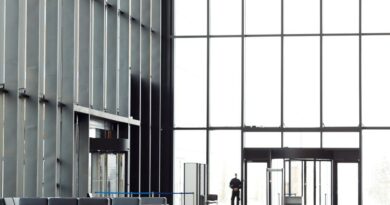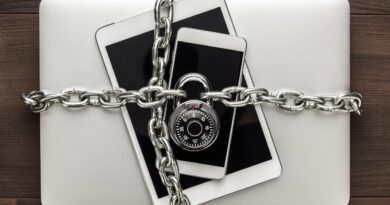How Biometrics Can Prevent Fraud in Digital Business
We are all aware that we are living in the age of technology and that with it come many benefits. Fast access to enormous amounts of information and quickly getting in touch with people are just some of them.
One field where there has been important innovation over the past few years is that of biometrics. Most people use their fingerprint(s), voice, retinas, and facial features to access their various accounts and don’t mind it being used for Facebook and Google identification algorithms. But, how can biometrics help prevent fraud in digital business? Keep on reading to learn more about how it works, where it’s being used, and if there are any downsides.
How do biometrics prevent fraud?
While passwords have been the most common way of protecting ourselves online, we have seen a rise in cybercrime, and data protected passwords are often not seen as secure enough. Two-step authentication then came into the picture, as we combined our passwords with codes we got sent to our phone or email.
However, now we also get to use biometrics as a step in the multi-factor authentication processes. Why is biometrics used more and more? Well, first of all, users don’t have to remember various codes and IDs. Second, certain features of our body are unique to us and the chances of falsifying them are small. For example, iPhone X’s facial recognition technology projects 30,000 infrared dots to a user’s face in order to authenticate them.
Which sectors are using biometrics?
We are all aware of the fact that Apple and various other devices manufacturers are implementing this approach into their design. However, what are some other sectors that are also relying on this method of authentication?
Airports
We all know about airport security rules and measures every traveler needs to follow to be able to pass through the gates. Along with the full stack of board guards fully trained to keep the maximum of security.
However, airports are also helped with the newest technology that enables fast and precise security checks. Airports worldwide are using biometrics to speed up passenger traffic and maintain security. For instance, passengers have to get into a booth and look into a camera that will scan their eyes and irises and then cross-reference it for a match in the database. If the details check out, a passenger’s identity is confirmed. Checking fingerprints is also helping control migration. All in all, this can provide travelers with a safe and pleasant airport experience.
Hospitality sector
Another sector that is all about creating a pleasant and enjoyable experience is the hospitality sector. No one wants to wait in line to get to their room in a fancy hotel, which is why high-class hotels use biometric devices to check in their clients with no fuss. Not only is it convenient and customer-friendly but it makes the guests feel more secure.
Great examples are Japanese hotels that use biometrics to simplify guest registration and payments for years now. In addition to this, the system can be used to conduct duty-free purchases, store items in a locker, make ticket reservations, and such. To be able to use it, passengers only need to register in advance their passport, credit card, and fingerprint information at the airport or at the tourist office.
The Forex industry
The Forex industry, just like any other finance-related industry, is aware of how essential security is. For example, Forex trading blogs advise relying on trustworthy information and experts that help traders find a secure broker. Since these blogs not only give you basic information on what types of trading exist, or how to sign up with a broker, they recognize the value of knowing which brokers are reliable, and which are not. Therefore, brokers are rated sometimes even on over 200 metrics, which include trading platforms, bonuses, account types, fees, and such.
However, the matter of safety doesn’t end there. When it comes to traders’ personal accounts, certain companies, such as ATFX, will require their clients to verify their identities using facial recognition technology when opening trading accounts. That means the trader’s data will be locked under the most superb password system. Combining the two, this gives top-notch security.
Healthcare institutions
Advancements in technology have made gathering and storing patients’ data much safer and easier. Now, biometrics can help in making the patients feel even more secure and aid the staff in better time management. Biometrics can verify someone’s identity and help search the patient’s records in order to provide the medical services that are necessary. Something else that biometrics, like finger scanners and facial recognition help with, is access to data. Only those authorized to access the files or patients can do so, and there is no risk of losing keycards.
Commerce
The commercial industry is relying on biometrics in many ways. One of them, for example, is using facial recognition against a database of shoplifters to prevent theft. Another example would be using it to customize ads and promote items that are relevant to a certain individual. Of course, there is also the option of using one of the many payment methods that use biometrics during purchases.
Are there downsides to biometrics?
Seeing as how all of this data is being collected, stored, and transmitted through the cloud, hackers could easily steal someone’s identity if they get access to all that information. As a matter of fact, in 2015, the US Office of Personnel Management was targeted by cybercriminals and the data theft impacted over 21 million people. Moreover, various devices capture biometric data without users even realizing, such as how virtual assistants store the user’s unique vocal patterns in the cloud.
Biometric technology can be useful but it has to be used with caution and in combination with other reliable methods in order for us to be properly protected. Biometrics will certainly continue to develop so we have to wait and see whether it can be improved even further.











